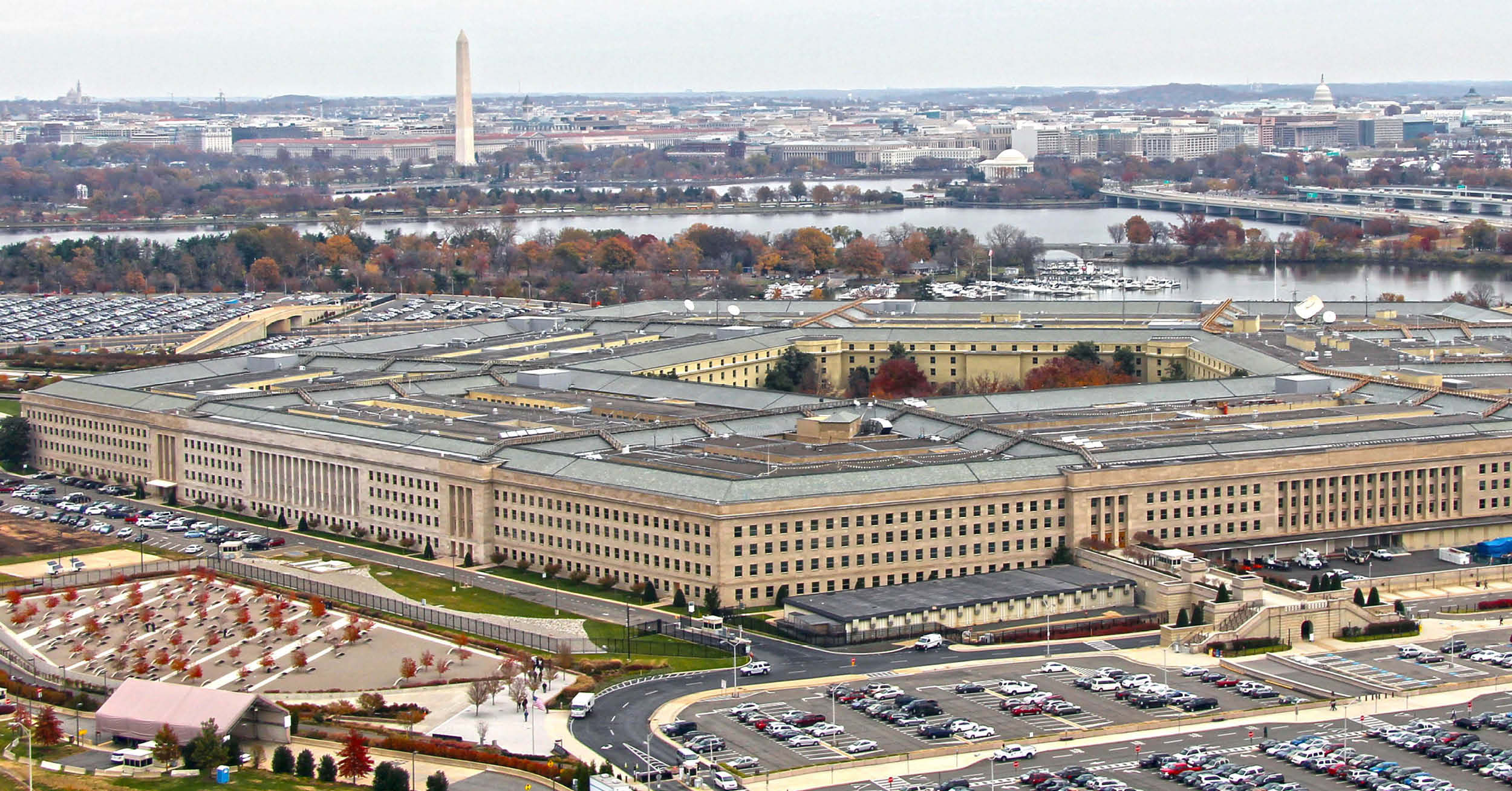 |
| Northrop Gurmman's Long Range Strike Bomber concept |
The Air Force recently announced the winning contractor for the next-generation bomber aircraft. The Long Range Strike Bomber contract went to Northrop Grumman, pending a decision by the losing contractors on whether to protest that decision. Less than a week later, speculation began in the press on how the Air Force will pay for the new bomber.
The same day the Air Force announced the contract award, a report by the Center for Strategic and International Studies put development and procurement costs for the new aircraft at roughly $100 billion. Anyone who thinks this estimate isn't going to go up hasn't been paying attention to the history of Air Force procurement programs.
Lurking behind the facade of more and more money being pumped into the Pentagon budget is the reality that several major weapon systems are due for modernization – Air Force bombers, Navy submarines that deliver ballistic missiles, Navy aircraft carriers, the F-35 for all three branches that fly tactical aircraft and the land-based inter-continental ballistic missiles managed by the Air Force. Taken all together, this is hundreds of billions of dollars' worth of procurement in a relatively short period of time.
So it's a good thing Congress is constantly looking for ways to inflate the bottom line for the Pentagon, right? Between the Balanced Budget Act of 2015 adding a huge $25 billion plug to the Pentagon's bottom line and increasing the off-budget Overseas Contingency Operations (war) account (“cough, slush fund, cough”) by $58.8 billion, total Pentagon spending in fiscal year 2016 will be roughly $607 billion. That should be enough to buy a robust defense, right?
Well, not so fast: There is plenty of evidence the Pentagon isn't managing this massive budget in ways that cover the essentials as well as the upcoming plans for modernization.
For instance, the Congressional Budget Office released a report last week stating the Navy's shipbuilding plan is underfunded by 30 percent. But the Navy seems to be getting a reprieve from these budget “pressures” due to some factions in Congress fighting to take the next-generation ballistic missile submarine out of the Navy's budget. These lawmakers claim the submarines are a “national asset” that should be funded via the Office of the Secretary of Defense. The so-called “National Sea-Based Deterrence Fund” is a slippery slope that leads directly to fiscal chaos. Pretending a major Navy weapons system should not be paid for by the Navy will only lead to other military services asking for their own special funds.
In fact, in an interview last January, the head of Air Force Global Strike Command, Lt. Gen. Stephen Wilson said the Air Force is looking closely at the Navy's special fund to pay for the replacement to the ballistic missile submarine.
The Air Force budget is probably feeling pressure from another program that is just ramping up: the staggeringly expensive and unaffordable F-35 fighter. Budget estimates put the long-term sustainment costs of this new fighter at $1 trillion. And even though this cost is not borne entirely by the Air Force, as the Navy and the Marines are also currently slated to buy the plane, it is still a huge budget pill to choke down. How long before the branches say the F-35 is a “national asset” they simply can't afford out of their individual budgets?
Enough is enough. Off-budget chicanery through pumping money into the war account that doesn't count against the Pentagon's spending cap isn't solving any of the problems facing the Pentagon. Calling some weapon systems “national assets” while others are not only doubles down on a bad budgetary idea. No more special, off-budget accounts. All weapon systems are national assets. It wasn't the U.S. Army that went to war in Afghanistan, it was the U.S. government.
In any context, $607 billion is a massive amount of money. The administration needs to offer a global military strategy that leads to a logical procurement plan that can be priced out into the future. And only then can Congress make informed decisions on how to allocate Pentagon dollars.
And here's a thought for the first place to look for savings: the nuclear triad. Until the administration can put forth a strategy fully justifying the need to modernize all three legs of the triad (land, sea and air-based) the Congress should be closely examining that massive cost.










